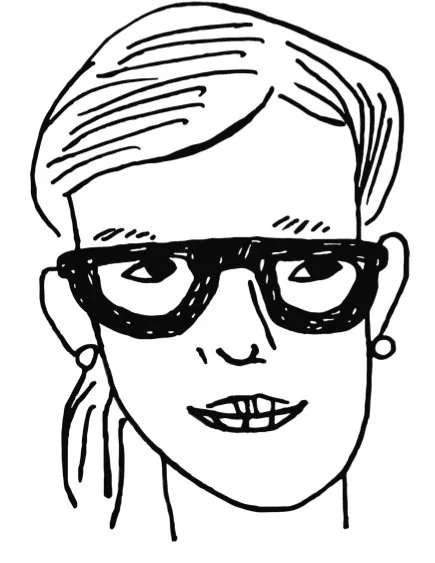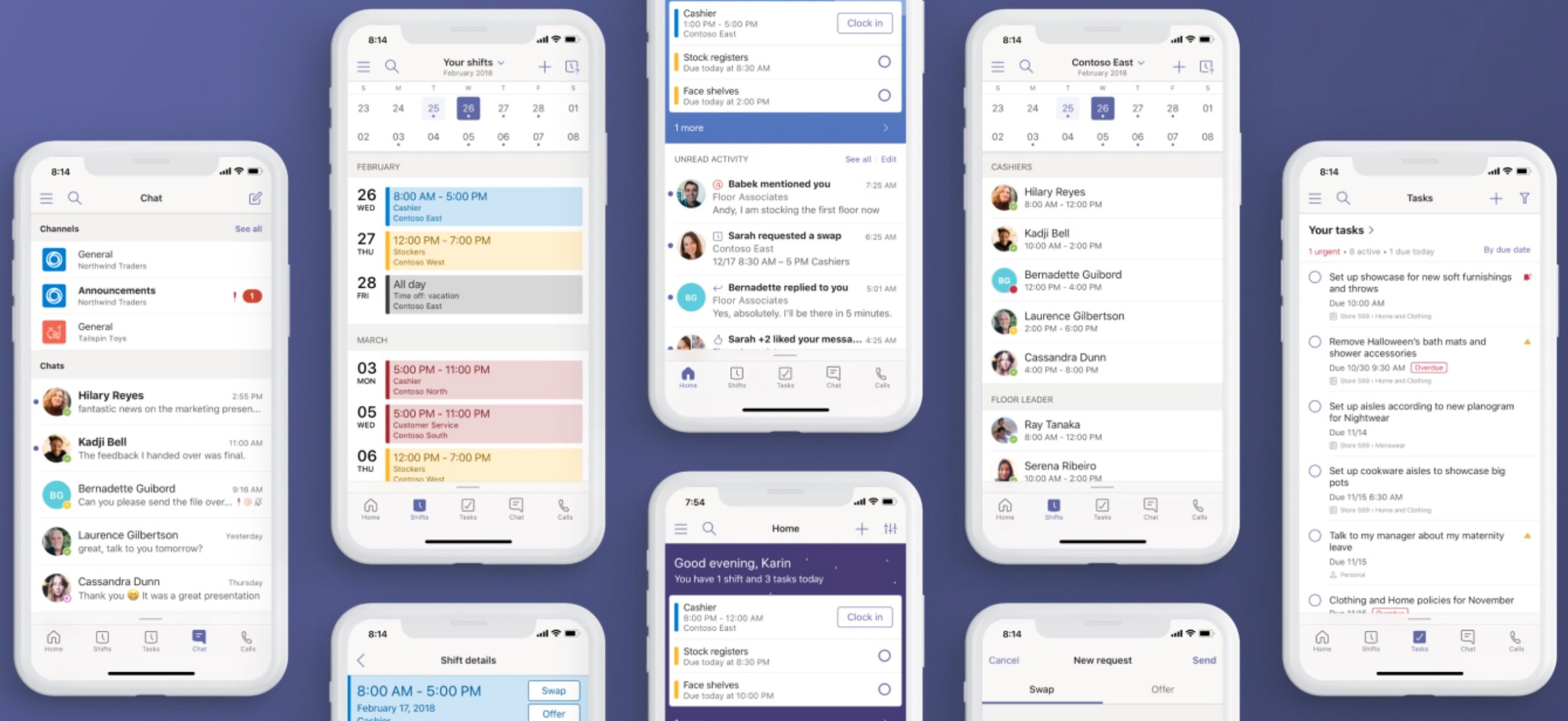Microsoft
Dates
Dec 2016 - Feb 2018
Role
Design Researcher (contract)
Methodologies
-Card Sorting
-Customer Journey Maps
-Diary Studies
-Interviews
-Personas
-Surveys
-Service Blueprints
-Usability Studies
Overview
Microsoft StaffHub was first released in January 2017 with the goal of creating tools dedicated to powering the frontline workforce. I was part of a team of 5 Design Researchers that conducted end to end research on the product.
StaffHub Mobile App
Research Questions
Early on, our research was focused on understanding product market fit. Some of our initial research questions included:
What is the primary benefit that users received from using StaffHub?
How would users feel if they could no longer use StaffHub?
How can we improve StaffHub to better meet users’ needs?
Would users’ recommended StaffHub to colleagues and/or their larger professional network?
The Anatomy of a Schedule
During a meeting with the Design Team, we were ideating on how to best approach new scheduling features. What came to light was how we needed to get a better understanding of the organization of information on a schedule and the language used.
We worked with a recruiting agency to schedule 8 participants working in either the healthcare, hospitality, food services, retail, and professional services sectors for an in-person study. We wanted to hear from 4 employees and 4 managers working in either healthcare, hospitality, food services, retail, and professional services sectors.
Before the study, they were asked to bring a copy of their schedule. We conducted a brief interview to understand the key elements. We proceeded to get feedback on some StaffHub schedule concepts. Participants viewed a medium fidelity prototype first. To make this interactive, I printed out the screens and asked participants to circle with markers what was clear / unclear along with what the liked / disliked.
The report below shows the unique way that I presented the results. I made sure to highlight for the team what was supported / unsupported in StaffHub. Much like a heat map, I annotated the specific areas so that it was clear how users felt about it. It made it easier for designers to pinpoint the areas of success and improvement with a focus on what is feasible from an engineering perspective.
Microsoft Teams
Microsoft Teams was launched worldwide in March 2017. Since StaffHub had similar communication features, we began to explore how these two products could coexist and/or converge. This led to a year long investigation that employed market research, surveys, diary studies, customer journey mapping, card sorting, interviews, and usability testing to inform next steps.
The customer journey maps below of managers and staff are derived from a week long diary study that was done in Revelation with 24 participants that were followed up with 60 mins interviews. The deliverables depict key moments before, during, and after a typical shift.
L.O.V.E. Framework
My team developed a research framework to understand and measure how customers felt about our products. I had the opportunity to contribute to the workshop design that was given during the 2017 Microsoft User Experience Experience Research Day. With the goal being product love, these were some of the dimensions that were being explored:
L = Longitudinal
O = Operationalize
V = Viable
E = Extensible











